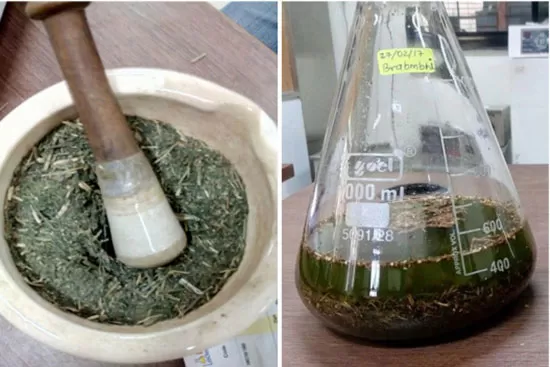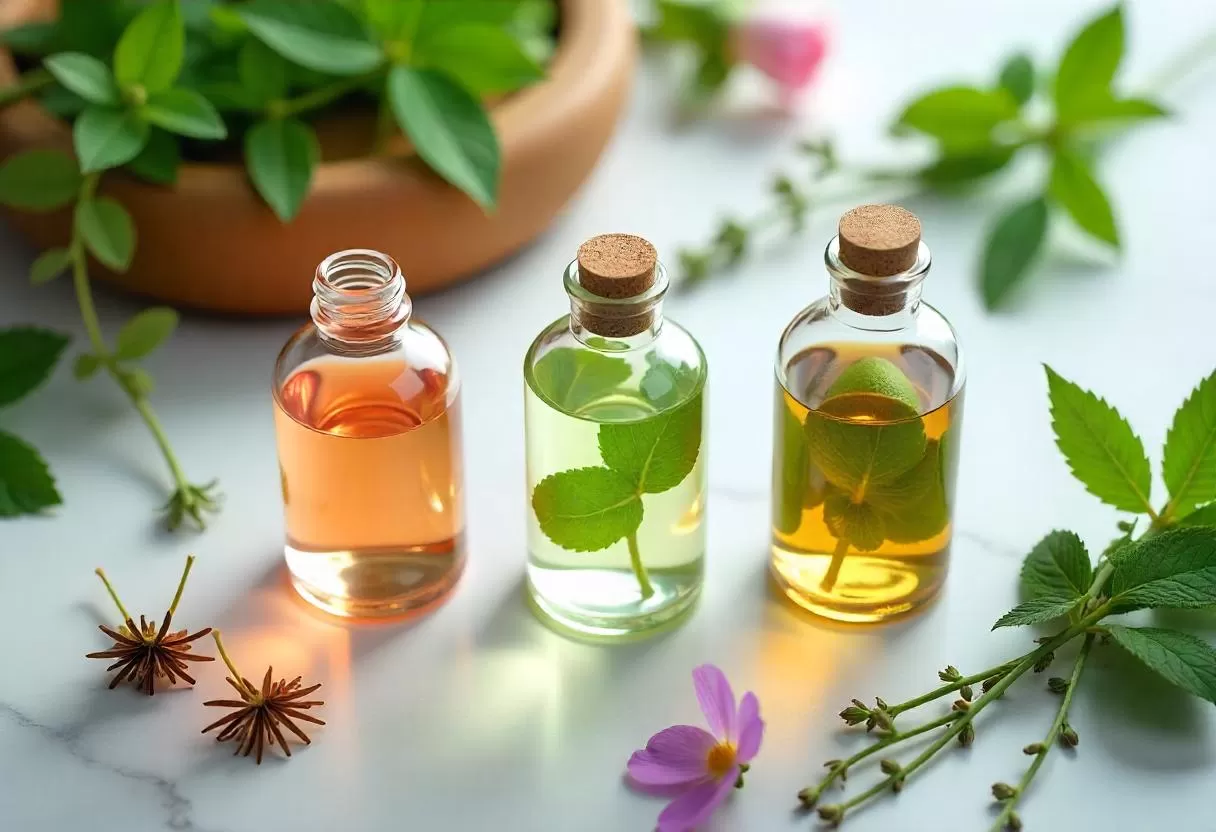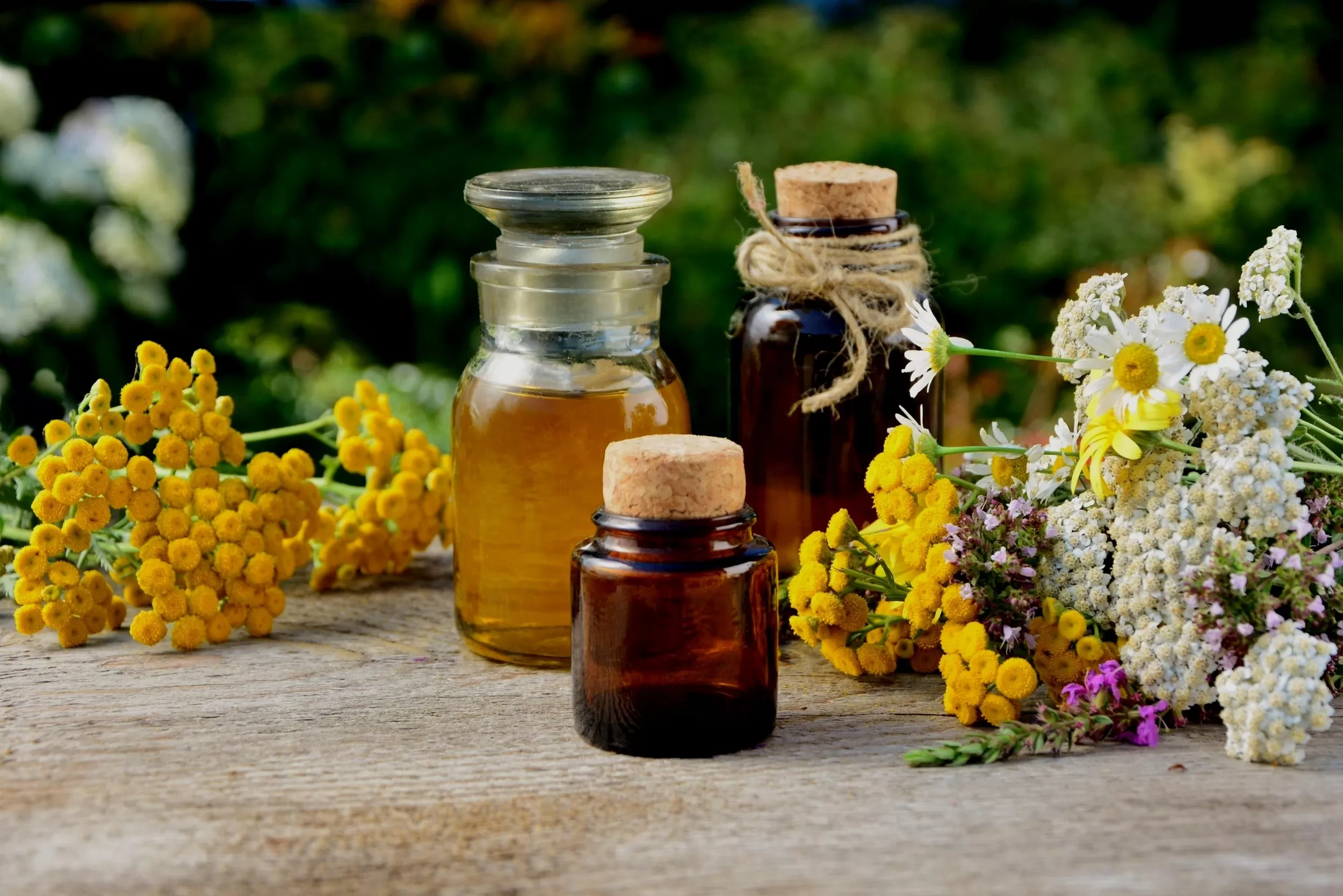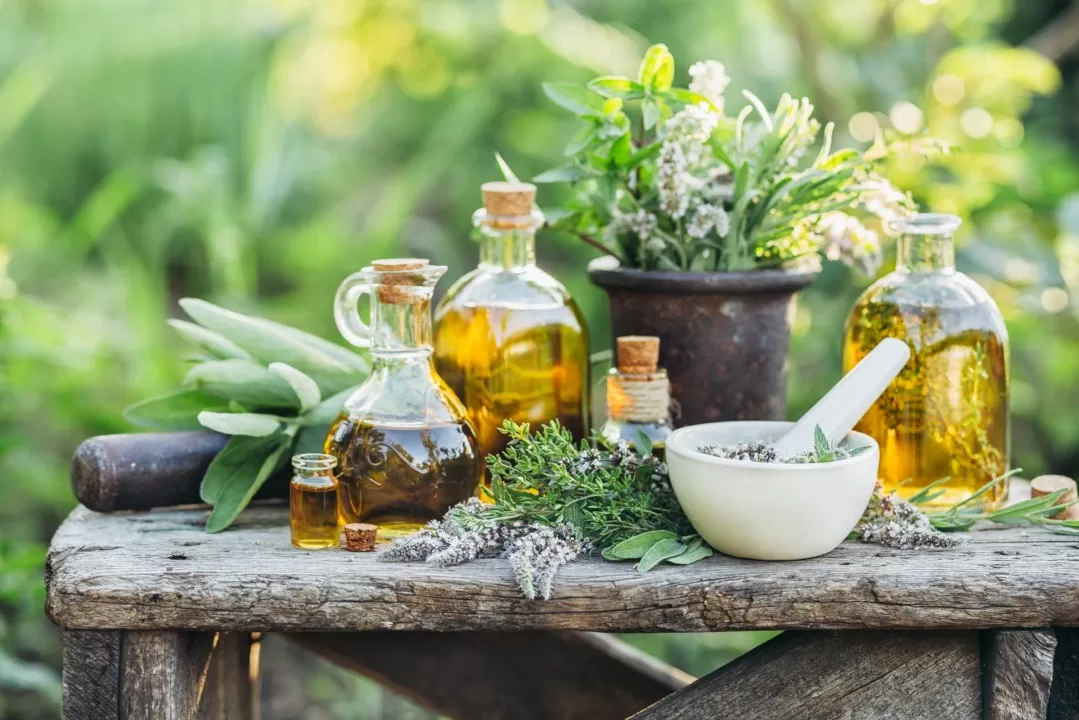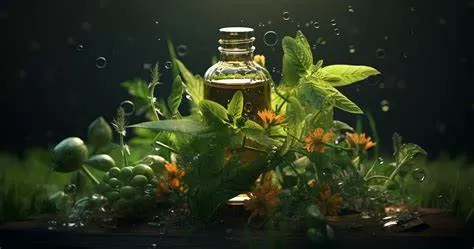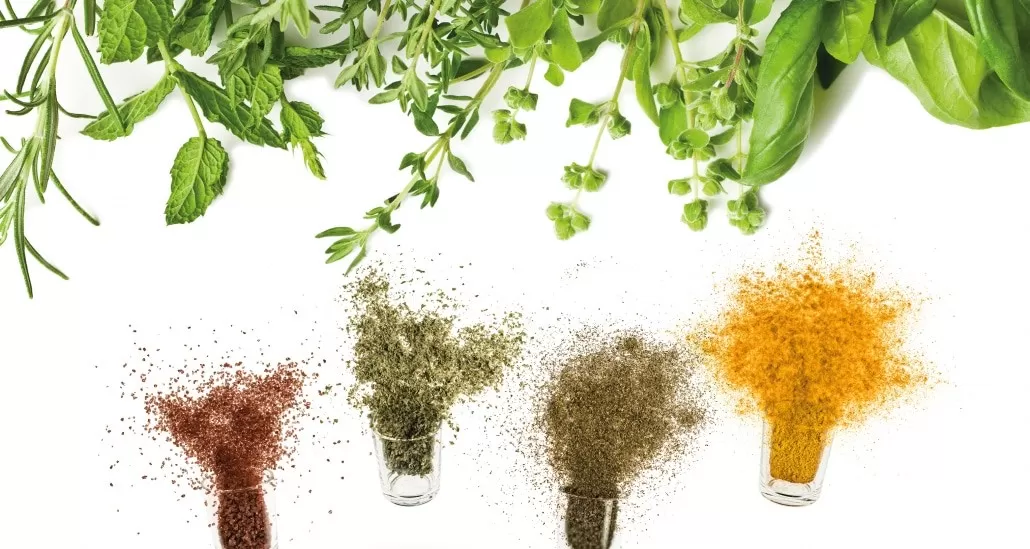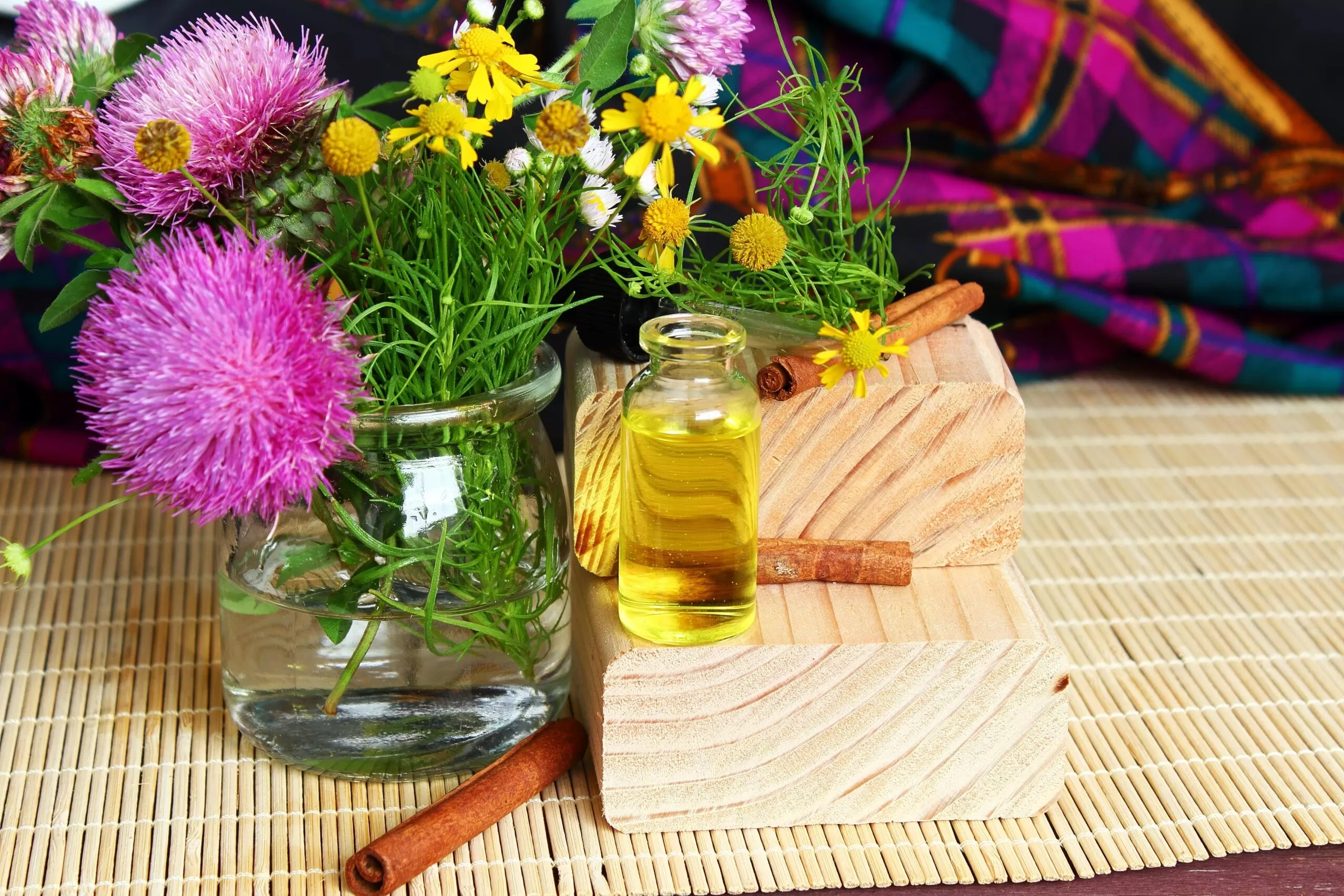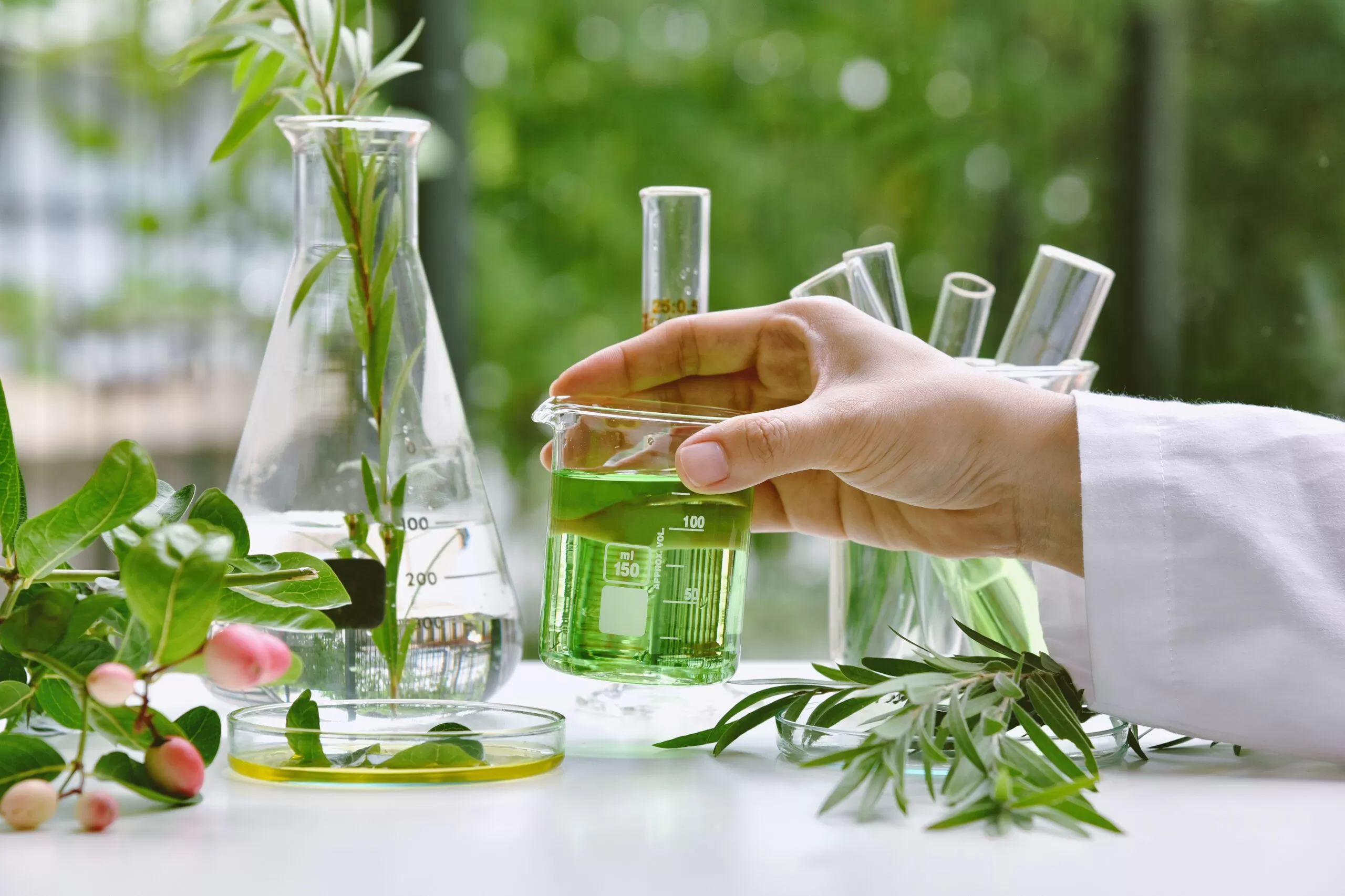- 0086-571-85302990
- sales@greenskybio.com
Exploring the Diverse World of Plant Polyphenols: Classification and Extraction
2024-08-03
1. Introduction
Plant polyphenols are a large and diverse group of secondary metabolites found in plants. They have attracted significant attention in recent years due to their potential health benefits and various applications in food, medicine, and cosmetics industries. Understanding their classification and extraction methods is crucial for harnessing their full potential.
2. Classification of Plant Polyphenols
2.1 Tannins
Tannins are one of the most well - known types of plant polyphenols. They can be further divided into two main categories: hydrolyzable tannins and condensed tannins.
- Hydrolyzable tannins: These are esters of gallic acid or ellagic acid with a polyol such as glucose. They are relatively easily hydrolyzed under acidic or alkaline conditions. For example, tannic acid is a common hydrolyzable tannin found in many plants.
- Condensed tannins: Also known as proanthocyanidins, they are polymers of flavan - 3 - ol units. Condensed tannins are more resistant to hydrolysis and are often found in fruits, nuts, and bark. For instance, they are abundant in grapes and oak bark.
2.2 Lignans
Lignans are polyphenolic compounds with a dibenzylbutane structure. They are typically found in seeds, grains, and some fruits.
- One of the most studied lignans is secoisolariciresinol diglucoside (SDG), which is found in flaxseed. SDG has been associated with various health benefits, including antioxidant and anti - cancer properties.
- Lignans can also be metabolized in the human body to form enterolignans, which have potential hormonal regulatory effects.
2.3 Flavonoids
Flavonoids are the largest and most diverse group of plant polyphenols. They are characterized by a basic C6 - C3 - C6 structure.
- Flavonols: Examples include Quercetin and kaempferol. They are often found in onions, apples, and tea. Flavonols have antioxidant, anti - inflammatory, and anti - microbial properties.
- Flavones: Such as apigenin and luteolin. They are present in many herbs and vegetables. Flavones have been shown to have potential health - promoting effects, including neuroprotective and cardioprotective functions.
- Flavanones: Hesperidin and naringenin are common flavanones. They are mainly found in citrus fruits and have been studied for their antioxidant and anti - cancer activities.
- Flavan - 3 - ols: Also known as catechins, they are abundant in green tea. Epigallocatechin - 3 - gallate (EGCG) is a well - known flavan - 3 - ol with strong antioxidant and anti - cancer properties.
- Anthocyanins: These are responsible for the red, purple, and blue colors in fruits and vegetables. Examples include cyanidin and delphinium. Anthocyanins have antioxidant, anti - inflammatory, and anti - diabetic properties.
2.4 Other Polyphenols
In addition to the above - mentioned types, there are other plant polyphenols such as phenolic acids and stilbenes.
- Phenolic acids: These include cinnamic acid derivatives (such as ferulic acid) and benzoic acid derivatives (such as salicylic acid). They are widely distributed in plants and play important roles in plant defense mechanisms. In food and medicine, phenolic acids have antioxidant and anti - inflammatory properties.
- Stilbenes: Resveratrol is the most famous stilbene. It is found in grapes, peanuts, and some other plants. Resveratrol has been extensively studied for its potential anti - aging, anti - cancer, and cardioprotective effects.
3. Extraction of Plant Polyphenols
3.1 Traditional Extraction Methods
Traditional extraction methods have been used for a long time and still play an important role in some cases.
3.1.1 Soxhlet Extraction
Soxhlet extraction is a classic method for extracting plant polyphenols. It involves the continuous extraction of a sample with a solvent. The sample is placed in a Soxhlet extractor, and the solvent is heated and refluxed continuously. The advantages of this method include:
- High extraction efficiency for some samples, especially those with high lipid content.
- It can be used for a wide range of plant materials.
However, there are also some disadvantages:
- It is a time - consuming process, often taking several hours to days.
- The use of large amounts of organic solvents, which may be harmful to the environment and require subsequent solvent removal steps.
3.1.2 Maceration
Maceration is a simple and traditional extraction method. In this method, the plant material is soaked in a solvent for a certain period of time. The main advantages are:
- It is easy to operate and does not require complex equipment.
- It can be suitable for small - scale extractions.
But the drawbacks are:
- Low extraction efficiency compared to some other methods.
- The extraction time may be relatively long to achieve a satisfactory yield.
3.2 Modern Extraction Methods
Modern extraction methods have been developed to overcome the limitations of traditional methods and improve the extraction efficiency and quality of plant polyphenols.
3.2.1 Enzymatic Extraction
Enzymatic extraction utilizes enzymes to break down the cell walls of plants, thereby facilitating the release of polyphenols. The main steps are:
- Select appropriate enzymes according to the plant material. For example, cellulase and pectinase are commonly used for plant cell wall degradation.
- Incubate the plant material with the enzyme solution under suitable conditions, such as appropriate temperature, pH, and enzyme concentration.
- After enzymatic treatment, extract the polyphenols using a suitable solvent.
The advantages of enzymatic extraction are:
- It can improve the extraction yield by effectively breaking down the cell walls.
- It is a more environmentally friendly method as it reduces the use of organic solvents.
However, it also has some challenges:
- The cost of enzymes may be relatively high.
- The enzymatic reaction conditions need to be carefully controlled to ensure optimal results.
3.2.2 Supercritical Fluid Extraction
Supercritical fluid extraction uses supercritical fluids, such as supercritical carbon dioxide (SC - CO₂), as solvents. The main process is:
- The plant material is placed in an extraction vessel.
- Supercritical CO₂ is introduced into the vessel at a certain pressure and temperature above its critical point.
- The supercritical fluid selectively extracts the polyphenols from the plant material.
- The polyphenols are then separated from the supercritical fluid by reducing the pressure or changing the temperature.
The benefits of supercritical fluid extraction are:
- It is a clean and environmentally friendly method as CO₂ is non - toxic, non - flammable, and can be easily removed from the extract.
- It can achieve high - purity extracts with good selectivity.
Nevertheless, there are some limitations:
- High - cost equipment is required for maintaining the supercritical conditions.
- The extraction capacity may be relatively low for some plant materials.
3.2.3 Ultrasound - Assisted Extraction
Ultrasound - assisted extraction employs ultrasonic waves to enhance the extraction process. The mechanism involves cavitation, which creates microbubbles in the solvent that implode and generate high - pressure and high - temperature zones, facilitating the release of polyphenols from the plant material. The main steps are:
- Place the plant material and solvent in an ultrasonic bath or use an ultrasonic probe.
- Apply ultrasonic waves at a suitable frequency and power for a certain period of time.
- After extraction, separate the extract from the plant residue.
The advantages of this method are:
- It significantly reduces the extraction time compared to traditional methods.
- It can improve the extraction efficiency and yield.
However, it also has some considerations:
- The ultrasonic power and frequency need to be optimized for different plant materials.
- Over - exposure to ultrasonic waves may cause degradation of some polyphenols.
4. Impact of Extraction Methods on Polyphenol Quality and Quantity
The choice of extraction method can have a significant impact on the quality and quantity of extracted polyphenols, which in turn affects their applications in food, medicine, and cosmetics.
4.1 Quantity
Different extraction methods can result in different yields of polyphenols. For example, modern methods such as supercritical fluid extraction and ultrasound - assisted extraction may often achieve higher yields compared to traditional Soxhlet extraction in some cases. However, the actual yield also depends on factors such as the plant species, the part of the plant used, and the extraction conditions.
4.2 Quality
The quality of extracted polyphenols can be affected in terms of their chemical composition, antioxidant activity, and bioavailability.
- Chemical composition: Some extraction methods may selectively extract certain types of polyphenols. For instance, enzymatic extraction may be more effective in releasing specific flavonoids. If the chemical composition is altered, it may affect the overall functionality of the polyphenol extract.
- Antioxidant activity: The extraction process can influence the antioxidant activity of polyphenols. For example, excessive heat or long - term exposure to solvents during Soxhlet extraction may reduce the antioxidant activity of some polyphenols. On the other hand, modern methods like supercritical fluid extraction may preserve the antioxidant activity better due to milder extraction conditions.
- Bioavailability: The form and purity of the extracted polyphenols can affect their bioavailability. High - purity extracts obtained by supercritical fluid extraction may have better bioavailability as they are free from contaminants. In contrast, traditional methods may leave behind some impurities that could potentially reduce bioavailability.
- Plant Polyphenols: Chemical Properties, Biological Activities, and Synthesis"
- "Advances in Extraction of Plant Polyphenols"
- "Classification and Applications of Plant Polyphenols"
5. Conclusion
Plant polyphenols are a diverse group of compounds with great potential in various industries. Understanding their classification helps in identifying their specific properties and potential applications. The choice of extraction method is crucial as it can significantly impact the quality and quantity of the extracted polyphenols. Modern extraction methods offer many advantages over traditional ones, but they also have their own limitations. Future research should focus on further optimizing extraction methods to fully utilize the benefits of plant polyphenols in food, medicine, and cosmetics.
FAQ:
What are the main types of plant polyphenols?
Plant polyphenols can be classified into several main types. Tannins are one of the important types, which can be further divided into hydrolysable tannins and condensed tannins. Lignans are also a type of plant polyphenols. Flavonoids are a large and diverse group within plant polyphenols, including flavones, flavonols, flavanones, etc. Stilbenes, such as resveratrol, are another type of plant polyphenol.
What is the Soxhlet extraction method for plant polyphenols?
The Soxhlet extraction method is a traditional extraction technique. It involves using a Soxhlet apparatus. The plant material is placed in a thimble, and a solvent (usually an organic solvent like ethanol) is continuously recycled through the sample. The solvent extracts the polyphenols from the plant material over a period of time. This method is relatively simple and can be used to extract a relatively large amount of polyphenols, but it may require a large amount of solvent and relatively long extraction time.
How does enzymatic extraction work for plant polyphenols?
Enzymatic extraction of plant polyphenols utilizes specific enzymes. These enzymes are added to the plant material. The enzymes break down the cell walls of the plant cells, which makes it easier for the polyphenols to be released. For example, cellulase and pectinase can be used. By hydrolyzing the cell wall components, the accessibility of polyphenols to the extraction solvent is increased, which can improve the extraction efficiency. This method is often considered more environmentally friendly compared to some traditional methods as it may require less harsh solvents.
What are the applications of plant polyphenols in food?
Plant polyphenols have various applications in food. They can be used as natural antioxidants, which can prevent the oxidation of lipids and other components in food, thereby extending the shelf life of food products. Some polyphenols can also add flavor and color to food. For example, flavonoids can contribute to the color of fruits and vegetables. Additionally, polyphenols may have potential health - promoting effects when consumed through food, such as reducing the risk of certain diseases.
How do different extraction methods affect the quality of plant polyphenols?
Different extraction methods can have different impacts on the quality of plant polyphenols. Traditional methods like Soxhlet extraction may expose the polyphenols to higher temperatures and longer extraction times, which may cause some degradation of the polyphenols. Enzymatic extraction, on the other hand, is a milder method that can help preserve the structure and bioactivity of polyphenols. Modern extraction methods such as supercritical fluid extraction can often produce higher - quality polyphenols with better purity and bioactivity. The choice of solvent in extraction methods also affects the quality, as some solvents may interact with the polyphenols and affect their properties.
Related literature
- ▶ Hesperidin
- ▶ citrus bioflavonoids
- ▶ plant extract
- ▶ lycopene
- ▶ Diosmin
- ▶ Grape seed extract
- ▶ Sea buckthorn Juice Powder
- ▶ Beetroot powder
- ▶ Hops Extract
- ▶ Artichoke Extract
- ▶ Reishi mushroom extract
- ▶ Astaxanthin
- ▶ Green Tea Extract
- ▶ Curcumin Extract
- ▶ Horse Chestnut Extract
- ▶ Other Problems
- ▶ Boswellia Serrata Extract
- ▶ Resveratrol Extract
- ▶ Marigold Extract
- ▶ Grape Leaf Extract
- ▶ blog3
- ▶ blog4
- ▶ blog5
-
What are extracts made of?
2024-08-03
-
Extract Usage: A Comprehensive Guide
2024-08-03
-
Are plant extracts good for you?
2024-08-03
-
What are plant-based extracts?
2024-08-03
-
What Is a Plant Extract? A Deep Dive
2024-08-03
-
Withania Somnifera Extract
2024-08-03
-
Plantain extract
2024-08-03
-
Coix Seed Extract
2024-08-03
-
Baicalin
2024-08-03
-
Resveratrol extract
2024-08-03
-
Shikonin
2024-08-03
-
Dandelion Root Extract
2024-08-03
-
Lemon Extract
2024-08-03
-
Maca Extract
2024-08-03
-
Saw Palmetto Extract
2024-08-03











